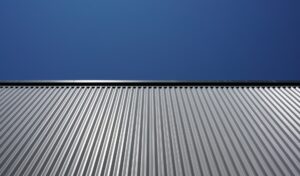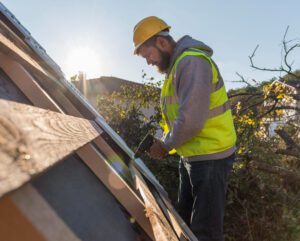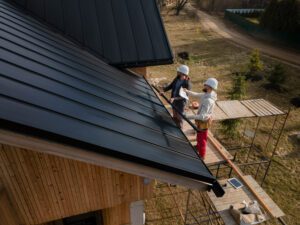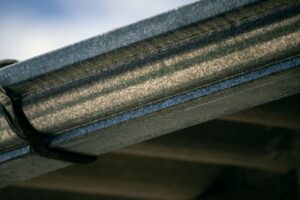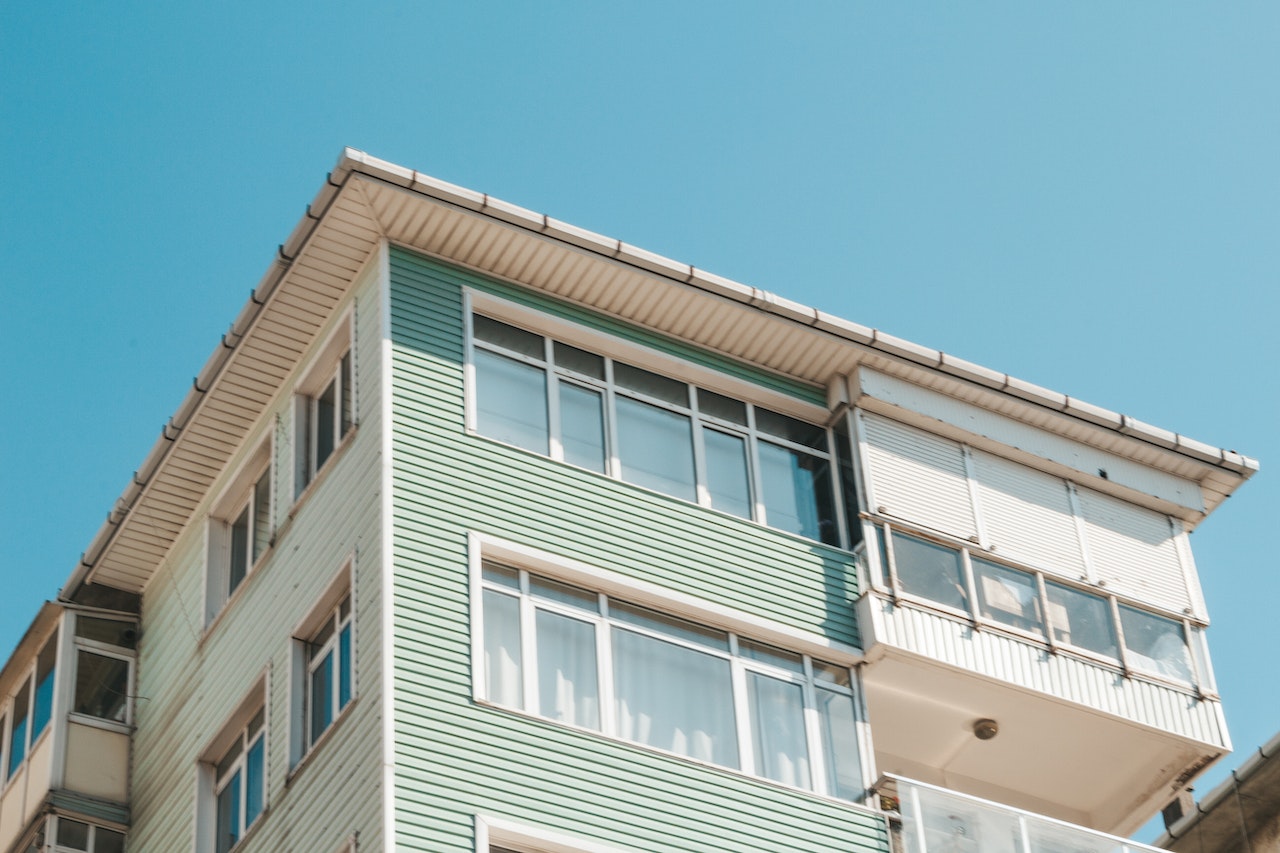
Flat roofs are popular for commercial and residential buildings. They are a cost-effective option that provides a modern appearance and maximizes usable space.
However, flat roofs also have some unique challenges that make them different from traditional sloped roofs. In this article, we will discuss the key things you need to know about flat roofs.
1. Structure and Design
Flat roofs are not entirely flat, but instead have a slight slope, typically around 1/8 inch per foot. This slope allows water to drain off the roof and prevents pooling, which can lead to leaks and other problems. The slope can be achieved using several methods, including tapered insulation, crickets, or a sloped structural deck.
Flat roofs can be constructed using various materials, including built-up roofing (BUR), modified bitumen, EPDM, TPO, and PVC. Each material has advantages and disadvantages, and the choice will depend on factors such as climate, building use, and budget.
2. Maintenance
Flat roofs require regular maintenance to extend their lifespan and prevent problems. Maintenance tasks include inspecting the roof for damage, cleaning debris and vegetation, and repairing leaks promptly. It is also essential to ensure that the drainage system is working correctly and that any standing water is removed promptly.
Regular maintenance can help prevent more significant problems, such as roof collapse, which can occur if the roof is overloaded with snow or debris. It is recommended to hire a professional roofing contractor to perform maintenance tasks on flat roofs.
3. Drainage
Proper drainage is critical for flat roofs. Without adequate drainage, water can accumulate on the roof and cause leaks or even roof collapse. Flat roofs typically use a drainage system that includes scuppers, gutters, downspouts, or interior drains.
Scuppers are openings in the roof edge that allow water to drain off the roof. Gutters and downspouts are used to collect water and channel it away from the building’s foundation. Interior drains are installed in the center of the roof and connected to a drainpipe that runs through the building’s interior.
4. Insulation
Insulation is crucial for flat roofs. Insulation helps regulate the building’s temperature, reducing heating and cooling costs. It also prevents condensation from forming on the roof and prevents damage from moisture.
Flat roofs can be insulated using several methods, including rigid board insulation, spray foam insulation, or fiberglass batt insulation. The choice of insulation will depend on factors such as climate, building use, and budget.
5. Safety
Safety is essential when working on flat roofs. Flat roofs can be slippery, and falls can be deadly. It is crucial to use appropriate safety equipment, such as harnesses and lanyards, when working on flat roofs.
It is also essential to ensure that the roof is not overloaded with snow or debris, as this can cause the roof to collapse. Before performing any work on a flat roof, it is recommended to consult with a professional roofing contractor to ensure that the work can be performed safely.
Conclusion
Flat roofs are a popular option for commercial and residential buildings. However, they require proper maintenance and attention to ensure that they provide long-lasting protection. By understanding the key things you need to know about flat roofs, you can make informed decisions and keep your flat roof in good condition for years to come. Remember to consult with a professional roofing contractor if you have any questions or concerns about your flat roof.
If you are in need of roofing services for your flat roof or any other type of roof, J. Carnes & Son Roofing has you covered. We provide you with top-quality flat roofing services that will ensure the longevity and safety of your roof. Get in touch with us today to learn how.

